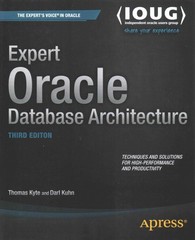Question
OUTPUT OF THIS CODE public class A { public static void main(String [] args) throws Exception { B[] arr = new B[] {(new A()).new C(),
OUTPUT OF THIS CODE
public class A { public static void main(String [] args) throws Exception { B[] arr = new B[] {(new A()).new C(), (new A()).new D(), (new B() { void m1()throws Exception{ System.out.println("NaN"); } })}; for(B x: arr) { x.m1(); } } private class D extends B{ void m1() { try { if(number %2 == 0) throw new Exception("Please insert an odd number."); System.out.println("You have inserted an odd number."); } catch (Exception e) { System.out.println(e.getMessage()); } System.out.println("Number is now: "+number); } } class C extends B implements I { void m1() throws Exception { if (number == 0) throw new Exception("Number cannot be 0"); System.out.println("Number: " + Number * number); } } } interface I{ double Number = 5; } abstract class B { abstract void m1() throws Exception; protected static int number = 8; protected B() { number++; System.out.println(number); } }
Step by Step Solution
There are 3 Steps involved in it
Step: 1

Get Instant Access to Expert-Tailored Solutions
See step-by-step solutions with expert insights and AI powered tools for academic success
Step: 2

Step: 3

Ace Your Homework with AI
Get the answers you need in no time with our AI-driven, step-by-step assistance
Get Started


